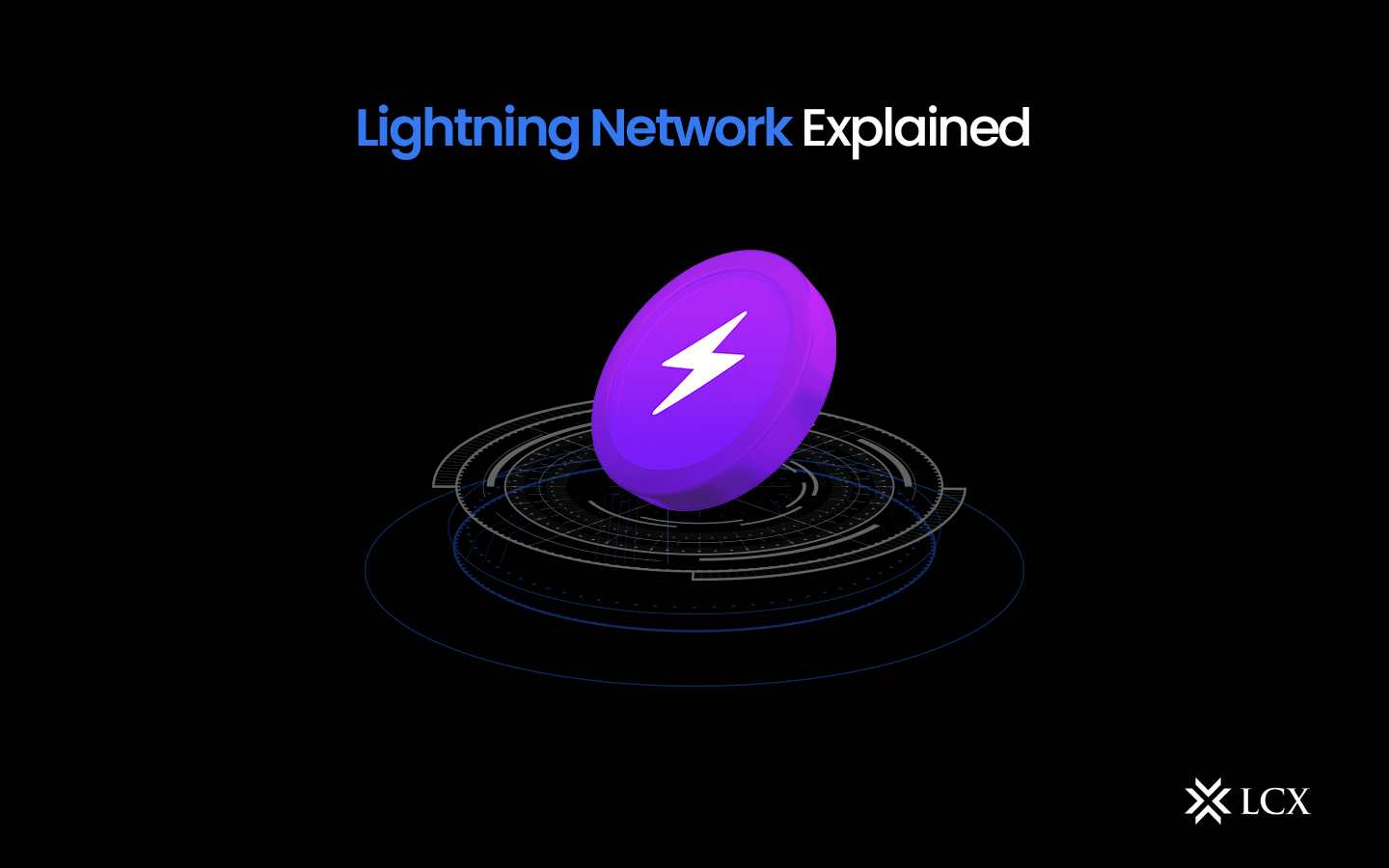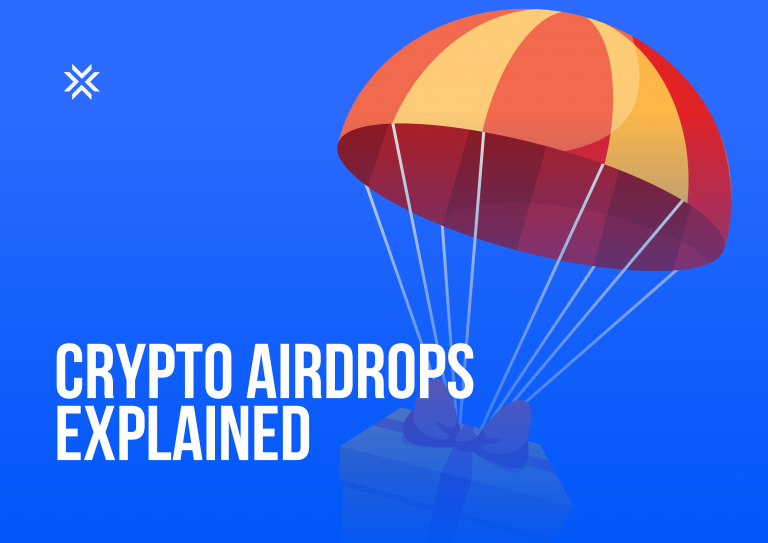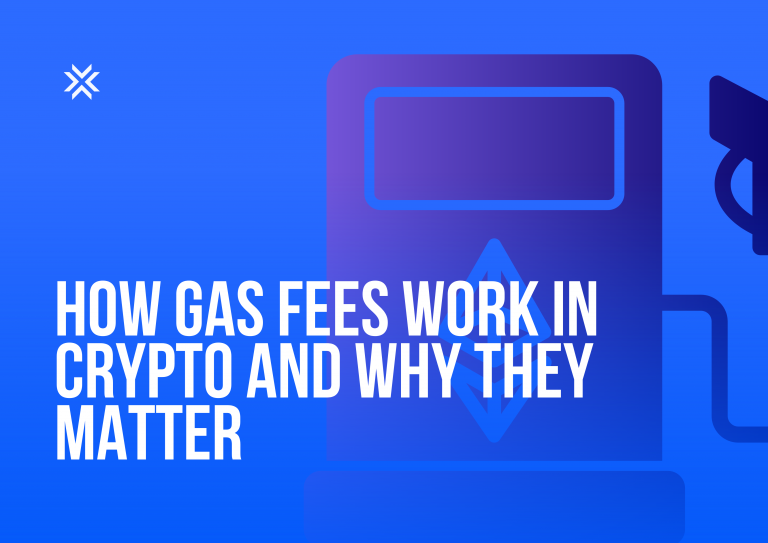In the ever-evolving landscape of cryptocurrency and blockchain technology, one solution has emerged as a game-changer for scalability and speed – the Lightning Network. This revolutionary second-layer protocol has garnered significant attention in recent years, promising to address some of the major challenges faced by blockchain networks like Bitcoin. In this comprehensive blog, we will delve into the inner workings of the Lightning Network, its benefits, challenges, and its potential impact on the future of cryptocurrencies.
What Is the Lightning Network?
Lightning Network is a layer-2 Bitcoin blockchain solution. Layer-2 solutions are a crucial component of blockchain scalability. The Lightning Network is the most important layer-2 solution due to its association with Bitcoin and its ability to contribute utility value to the blockchain.
Bitcoin was conceived and developed as a peer-to-peer electronic currency network. This allowed consumers to exchange value without a middleman. At the time of its inception, the primary concentration of Bitcoin’s creators was on these two characteristics, rather than scalability and transaction throughputs.
Initially, this presented little difficulty; however, as the years progressed, it became a challenge. It was commonly referred to as the blockchain trilemma, in which blockchain architects needed to strike a balance between decentralization, scalability, and security.
Bitcoin has become the most decentralized blockchain and is regarded as extremely secure. Scalability has, however, been a concern for Bitcoin transactions. On the Bitcoin network, transactions can take anywhere from two minutes to several hours to execute.
As new blockchains, such as Ethereum and Solana, with improved transaction throughput have emerged, this problem has become more pronounced. The 30 transactions per second (TPS) of Ethereum is greater than Bitcoin’s five transactions per second. Solana surpasses the competition with up to 65,000 TPS.
The emergence of scalable blockchains has forced chains such as Bitcoin and Ethereum to rely on layer-2 solutions. Enhanced transaction throughputs are also crucial for chains that aspire to support a robust application ecosystem. Low transaction speeds and high transaction costs can negatively impact the user experience of decentralized finance (DeFi) applications.
What Is the Story Behind the Evolution of the Lightning Network?
It is essential to comprehend the Lightning Network’s origins and evolution into its current state. In February 2015, Joseph Poon and Tadge Dryja teamed up to address one of the most urgent and vocal issues within the Bitcoin ecosystem: the rise in transaction fees.
In response to Satoshi Nakamoto’s writings on payment channels, the unconventional duo began working to reduce transaction fees. In January 2016, a comprehensive white paper was released, and work on the Lightning Network gained momentum as more developers began to collaborate with the two.
Lightning Labs, the company that maintains the Lightning Network, published a beta version for developers to test within a couple of years of the white paper and developer collaboration. This caused tech industry heavyweights to take notice of Lightning Labs’ plans and the value the layer-2 solution can contribute to the greater ecosystem.
Jack Dorsey, the then-CEO of Twitter, was one of the prominent backers of Lightning Labs, with intentions to integrate the Lightning Network with Twitter. Finally, 2020, the year of the COVID-19 pandemic, was a landmark year for the Lightning Labs team, which saw notable releases of Keysend and Wumbo Channel, among others. Wumbo was a significant release that increased the maximum transaction capacity on the Lightning Network.
Currently, the Lightning ecosystem is comprised of a variety of products, initiatives, solutions, and experiments spanning verticals and functionality, such as gaming, wallets and payments, node management, infrastructure, and rewards.
The following are a few notable features and products developed using the Lightning Network:
Loop: Loop enables users to perform Lightning transactions to on-chain Bitcoin addresses or to deposit on-chain Bitcoin directly into a Lightning channel.
Pool: The pool assists in managing the liquidity requirements of Lightning Network users.
Taro: Taro facilitates the issuance or minting of assets on the Lightning Network.
Faraday: Faraday is a data analytics utility that enables node operators to optimize the flow of funds and channels.
This ecosystem is becoming one of the most thriving in the crypto world, as new initiatives are being created and a number of prominent figures support Bitcoin and the Lightning Network.
How Does the Lightning Network Work?
As previously stated, the Lightning Network utilizes the concept of payment channels proposed by Satoshi Nakamoto. The protocol allows two participants to establish a peer-to-peer payment channel. Once established, the channel enables the parties to send an unlimited number of virtually instant and inexpensive transactions. It serves as its own ledger for users to pay for smaller products and services, such as coffee, without impacting the Bitcoin network.
The payer must lock a certain quantity of Bitcoin onto the network in order to establish a payment channel. Once the Bitcoin is locked in, the recipient is free to invoice any quantity using it. If the customer wishes to keep the channel open, they may choose to continuously add Bitcoin.
By utilizing a Lightning Network channel, both parties are able to conduct transactions. Some transactions on the Bitcoin blockchain are managed differently than standard transactions. For instance, when two parties open and close a channel, only the primary blockchain is updated.
Without notifying the main blockchain, the two parties can exchange funds indefinitely. As all transactions on the layer-2 protocol do not require approval from all nodes, it significantly accelerates transactions.
By combining individual payment conduits between the parties, Lightning Network nodes with the ability to route transactions are created. Consequently, the Lightning Network is the result of the interconnection of numerous payment channels.
When the two parties resolve to conclude their transaction, they can eventually close the channel. The channel’s transactions are then consolidated into a single transaction and sent to the Bitcoin mainnet for recording. Consolidation ensures that numerous minor transactions do not simultaneously clog the network.
Nodes require less time and effort to validate transactions when they are aggregated into one. Without payment channels, smaller transactions impede larger ones, clogging the network and increasing the validation burden on nodes.
Mike could choose to make a modest transaction for each coffee cup, but due to Bitcoin’s scalability issues, the transaction could take over an hour to validate. Mike must also pay the Bitcoin network’s high fees, despite the fact that he is conducting a minor transaction.
Visa has the infrastructure to process more than 24,000 TPS, allowing traditional payment methods such as credit cards to be used for small transactions. In contrast, Bitcoin can validate seven transactions per second on an average day.
Using the Lightning Network, Mike can establish a payment channel with the café. Each coffee purchase is recorded through this channel, and the establishment continues to receive payment. The transaction is inexpensive, or even possibly free, as well as instantaneous. When Mike’s Bitcoin deposit runs out, he has the option of closing the channel or topping it up. Once a channel is closed, its transactions are added to the main Bitcoin blockchain.
Between two parties, the Lightning Network establishes a smart contract. When the contract is created, the agreement terms are encoded and cannot be broken. The code of the smart contract also ensures that contract fulfillment is automatic since contracts are initially created with predetermined requirements that all parties agree upon.
Once these conditions are met and a customer pays the correct price for a cup of coffee, the contract is automatically and without third-party intervention fulfilled. After validation, the Lightning Network anonymizes transactions within a payment channel. Anyone can only see the total value of the transfer, not the individual transactions that comprise it.
Outside of the blockchain, it is wholly possible to conduct transactions without restriction. Off-chain transactions can be relied upon to enforce the blockchain because they wind up on the mainnet when payment channels are shut down. The mainnet arbitrates all cryptocurrency transactions. While off-chain protocols have their own ledger, they always integrate back onto the primary chain, which is fundamental to the design of the Lightning Network.
Advantages of the Lightning Network
Scalability: By conducting the majority of transactions off-chain, the Lightning Network significantly alleviates the burden on the main blockchain, allowing it to process a higher number of transactions per second.
Speed: Transactions within the Lightning Network are practically instant, providing a seamless user experience and enabling the potential for real-time microtransactions.
Cost-Effectiveness: Traditional on-chain transactions may incur high fees, especially during periods of network congestion. The Lightning Network drastically reduces transaction fees, making even low-value transactions economically viable.
Privacy: Since the bulk of transactions occurs off-chain, the details of these transactions are not exposed to the public blockchain, enhancing user privacy.
Conclusion
The Lightning Network represents a significant step forward in addressing the scalability and speed issues faced by blockchain networks. By enabling off-chain transactions and fostering a new paradigm of near-instant, low-cost payments, it opens the door to a multitude of exciting possibilities for the future of cryptocurrencies. However, like any emerging technology, it faces challenges that need to be addressed to realize its full potential. As development continues, the Lightning Network’s impact is poised to transform the way we use and interact with digital currencies, making it a key player in the evolution of the crypto ecosystem.










